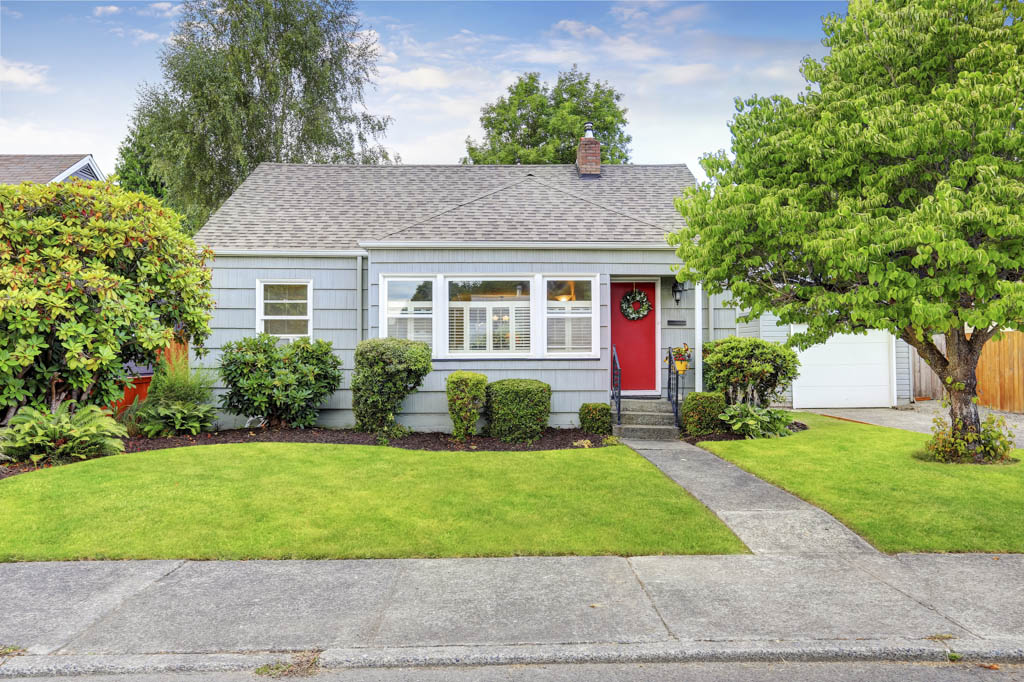Today’s buyers want a home that meets their needs – and their budget
By Marilyn Kennedy Melia
CTW Features
The “McMansion” of the past decade may simply not be as in fashion as it was. Today, a home that’s tailored to one’s needs and conserves energy and expense is rising trend.
That leaves homebuyers with the task of ascertaining how much space they really need now and in the years ahead, and what the real costs are for the space offered by a particular home. Here’s advice for those who want to make a measured housing decision:
Assessing Needs
Consider the typical Generation X buyer. This demographic is the predominant force in today’s market, according to Mollie Carmichael, principal of John Burns Real Estate Consulting, Irvine, CA.
A Gen X buyer usually moves to acquire more space but also wants to avoid buying excess footage. Moreover, Carmichael said her surveys show that they want their space to provide more functionality, providing space for work from home and living.
To get a realistic grasp on the problem, take a cue from architects, according to Kermit Baker, an economist with the American Institute of Architects.
“They do an exercise with clients called programming, asking for details about what the client likes and dislikes about his current living arrangement and what they anticipate wanting,” Baker.
Our hypothetical couple, for instance, may love the overall size of their kitchen, but the location of their current large island counter doesn’t allow for an eating table they’d like. They would look for a kitchen that’s about the same size with a different configuration.
Finding a home that puts every inch to good use has resulted in people really looking at a house more frequently before they purchase, according to John Huggins, president of Coldwell Banker Legacy in Bowling Green, KY.
Generally, a bigger home will cost more than a smaller one in the same neighborhood, according to Huggins. Property taxes are likely to be higher on a bigger home than on smaller neighboring properties. And a large home that’s in a far-flung suburb could carry a relatively low price tag, but high commuting expenses.
When consumers estimate these various costs, often they would trade size for a better location to minimize transportation expenses, according to Carmichael. Likewise, they look for floor plans that transform spaces, like eliminating a formal dining room, to get enough affordable living space.
Larger homes constructed under codes encouraging efficiency, or larger homes where owners have made energy improvements, could have lower utility bills than smaller structures.
Buyers should ask sellers for a few months’ worth of utility bills. And some home inspectors can provide an energy evaluation. To find a licensed inspector in your area, visit homeinspector.org, home of the American Society of Home Inspectors.
Copyright © CTW Features

